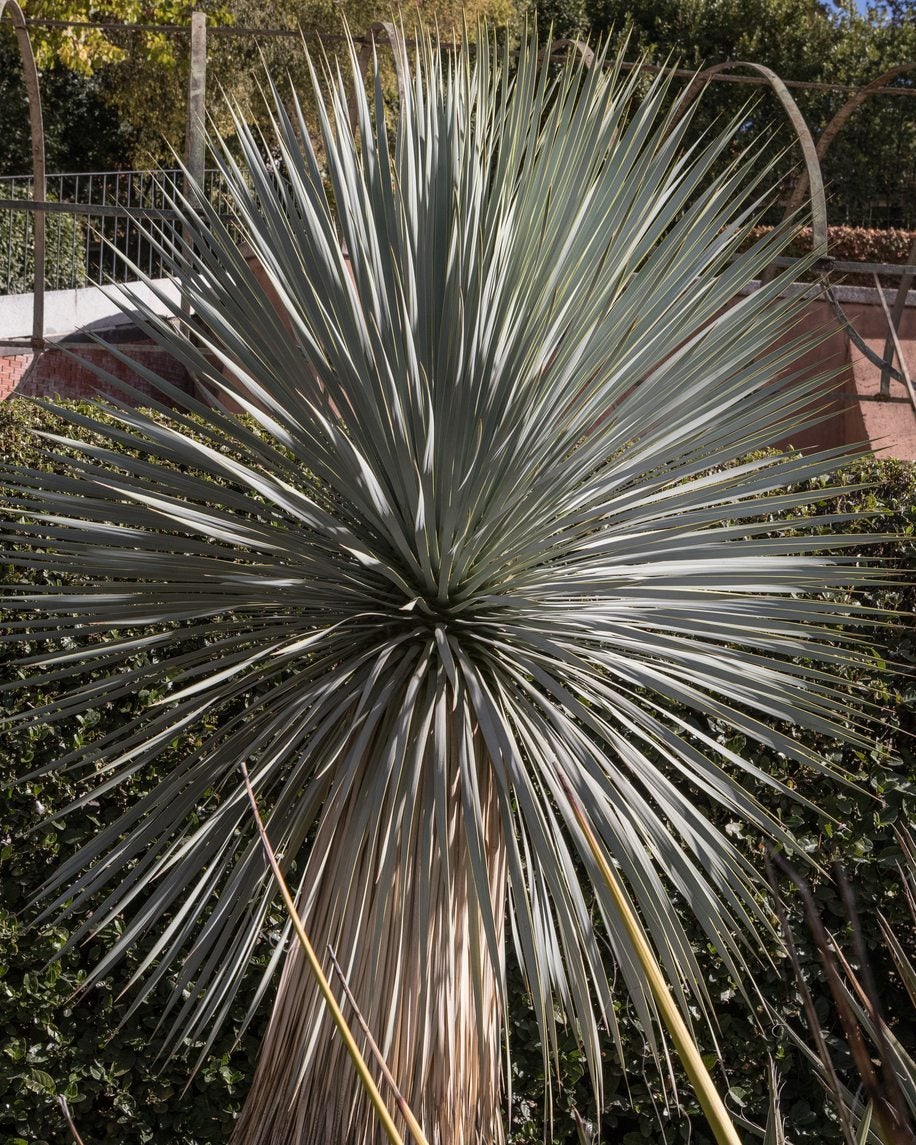Big Bend Yucca Care – How To Grow Big Bend Yucca Plants


Big Bend yucca (Yucca rostrata), also known as beaked yucca, is a tree-like type of yucca with blue-green, lance-shaped leaves and tall, bell-shaped blooms that rise above the plant in summer. Big Bend yucca plants are easy to grow in USDA plant hardiness zones 5 through 10. Read on to learn how to grow Big Bend yucca.
Big Bend Yucca Information
Big Bend yucca is native to the rocky hillsides and canyon walls of Texas, Northern Mexico, and Arizona. Historically, Native Americans put Big Bend yucca plants to good use as a source of fiber and food. Today, the plant is appreciated for its extreme drought tolerance and bold beauty. Although Big Bend yucca is slow growing, it can eventually reach heights of 11 to 15 feet (3-5 m.). And while the spiny leaf tips aren’t as pronounced as most types of yucca, it’s still a good idea to grow the plant safely away from sidewalks and play areas.
How to Grow Big Bend Yucca
Big Bend yucca plants are adaptable to light shade but perform best in full sunlight. They also withstand extremely hot weather, although it’s normal for the tips to die back during the peak of summer in southern climates. Most importantly, Big Bend yucca plants must be located in well-drained soil to prevent rot during the winter months. If your soil is clay or doesn’t drain well, mix in small pebbles or sand to improve drainage. It’s possible to plant Big Bend yucca by seed, but this is the slow route. If you want to give it a try, plant the seeds in well-drained soil. Place the pot in a well-lit location and keep the potting mix slightly moist until germination. You can plant the small, seed-grown yuccas outdoors, but you might want to keep young plants inside for two or three years to gain some size. The easier way to propagate Big Bend yucca is by removing offshoots from a mature plant. You can also propagate a new plant by taking stem cuttings.
Big Bend Yucca Care
Water newly planted Big Bend yucca plants once a week until the roots are established. Thereafter, yucca plants are drought tolerant and need water only occasionally during hot, dry periods. Fertilizer is rarely necessary, but if you think the plant needs a boost, provide a balanced, time-release fertilizer in spring. Sprinkle the fertilizer in a circle around the plant to ensure it reaches the root zone, then water well. Pruning Big Bend yucca plants is a matter of personal preference. Some gardeners prefer to remove the dry, brown leaves at the bottom of the plant, and others like to leave them on for their textural interest. Remove spent blooms and stalks at the end of the season.
Gardening tips, videos, info and more delivered right to your inbox!
Sign up for the Gardening Know How newsletter today and receive a free copy of our e-book "How to Grow Delicious Tomatoes".

A Credentialed Garden Writer, Mary H. Dyer was with Gardening Know How in the very beginning, publishing articles as early as 2007.
-
 Creative Ideas For Plant Containers: 7 Ways To Save Money And Add Charm To A Garden
Creative Ideas For Plant Containers: 7 Ways To Save Money And Add Charm To A GardenIf you are looking for great ways to add personality to your container gardening – and even save yourself some money – then try these creative ideas for plant containers
By Mary Ellen Ellis
-
 How To Make A Bouquet Garni Or Herb Bundle For Cooking
How To Make A Bouquet Garni Or Herb Bundle For CookingIf you’re a great cook, you may have made an herb bundle before. If this is a new idea, learn how to add sparkle and interest to your dish with a bouquet garni.
By Amy Grant